Description
Rue has a long and rich history of medicinal, culinary and magical use. Its use has declined in modern times, partly due to concerns over toxicity, however it remains a popular herb in the garden, especially as a companion plant, helping to attract pollinators and repel pests.
Revered by the people of ancient Greece for its protective properties, rue was believed to have the power to ward off evil spirits and protect against witchcraft. This belief continued for many centuries, most famously in the form of amulets such as the Italian cimaruta (meaning ‘sprig of rue’), traditionally worn around the neck or hung above children’s beds for protection.
Historically, it was used as a remedy for a range of ailments, including as an antispasmodic, anti-inflammatory, and digestive aid. Some cultures still use it as a culinary herb, particularly in Italy and Ethiopia, where it is added very sparingly to flavour dishes and drinks like grappa or coffee.
Rue contains furanocoumarins, compounds that can cause skin irritation and are toxic when consumed in large amounts, so caution is advised when handling the plant, especially if your skin is likely to be exposed to sunshine after contact. We advise against consuming it internally unless under the supervision of a qualified herbalist.

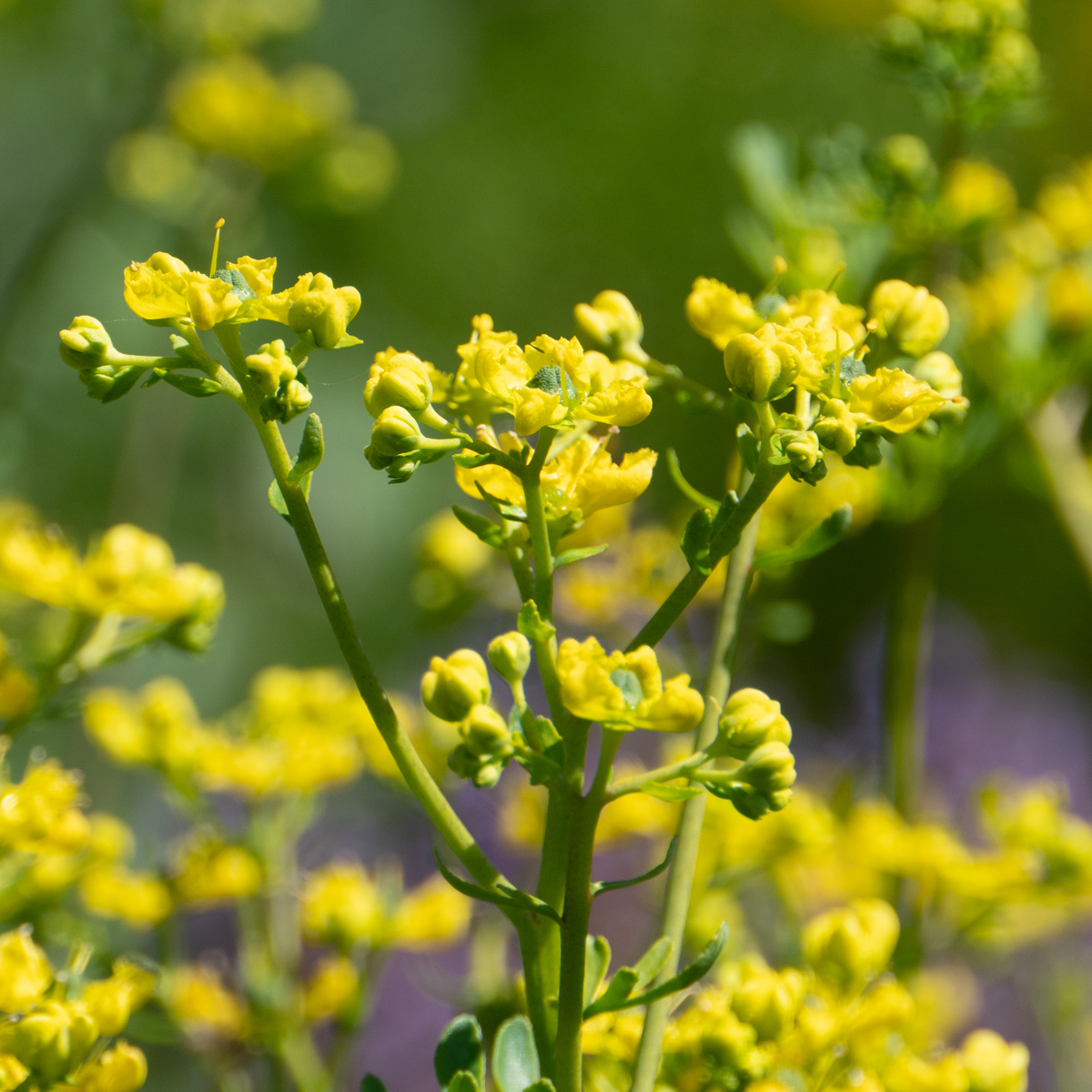
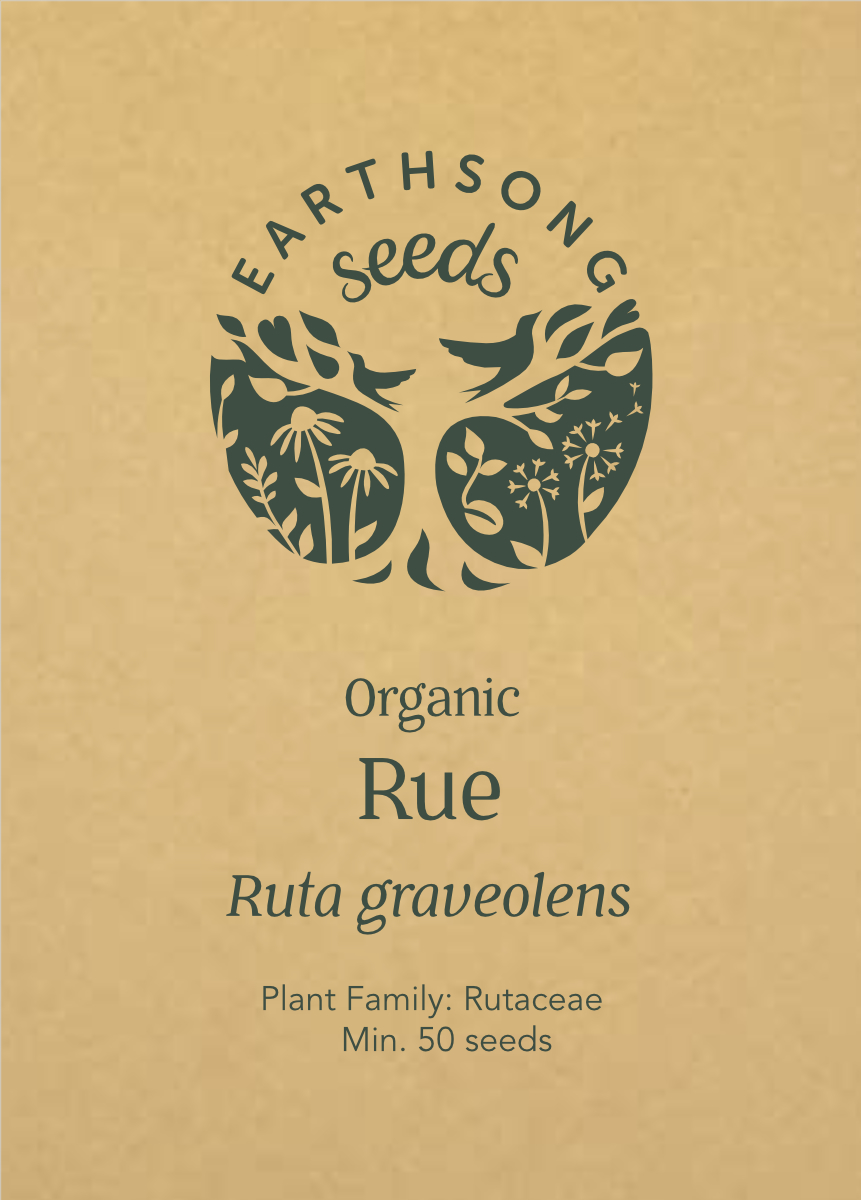
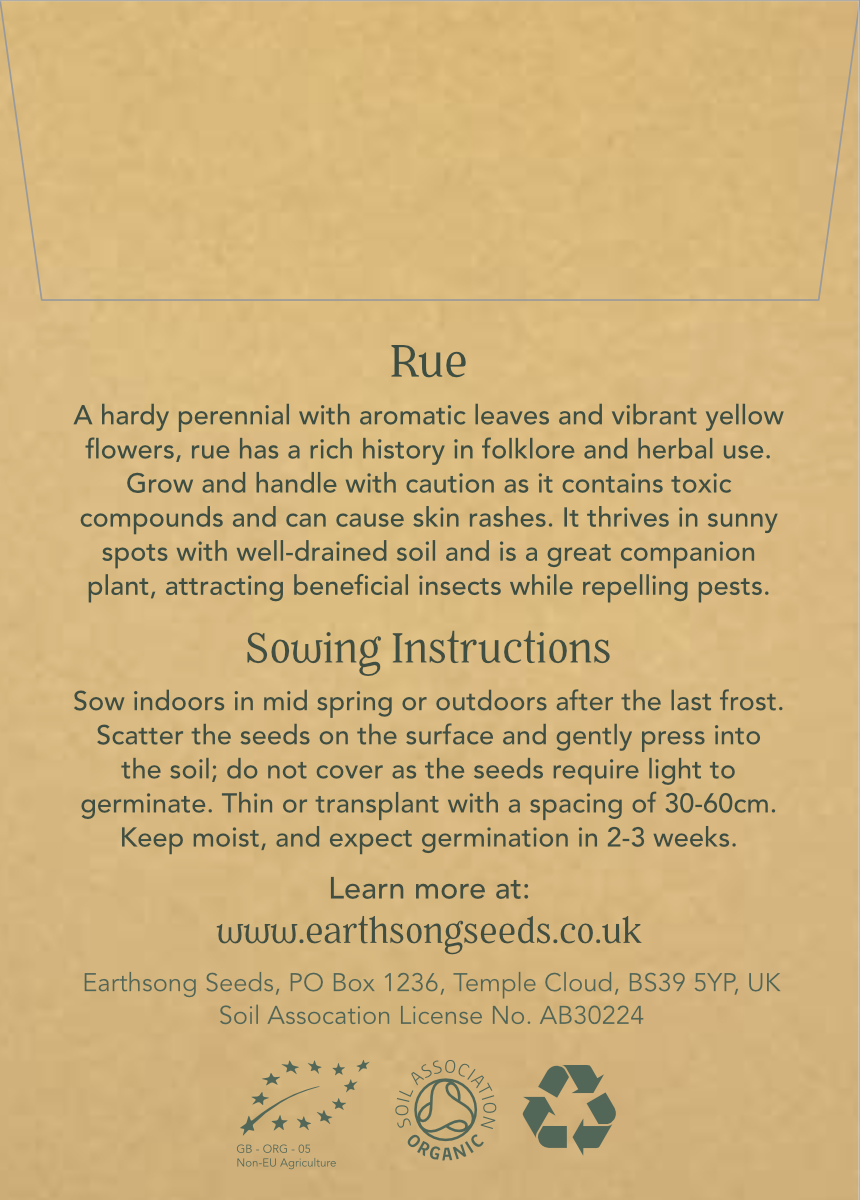
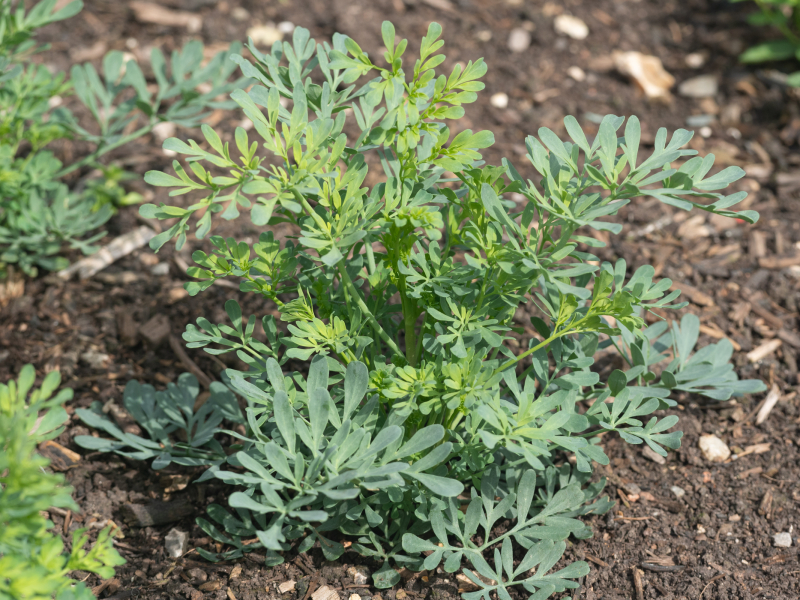
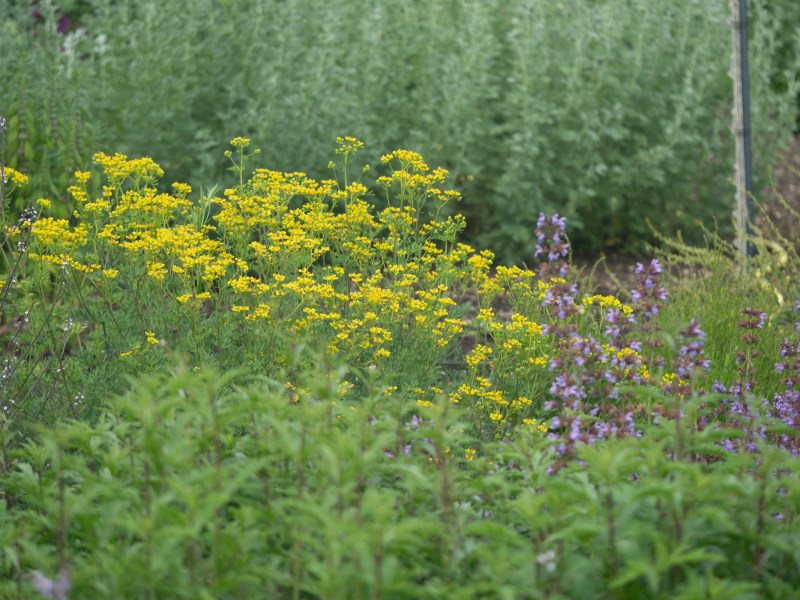
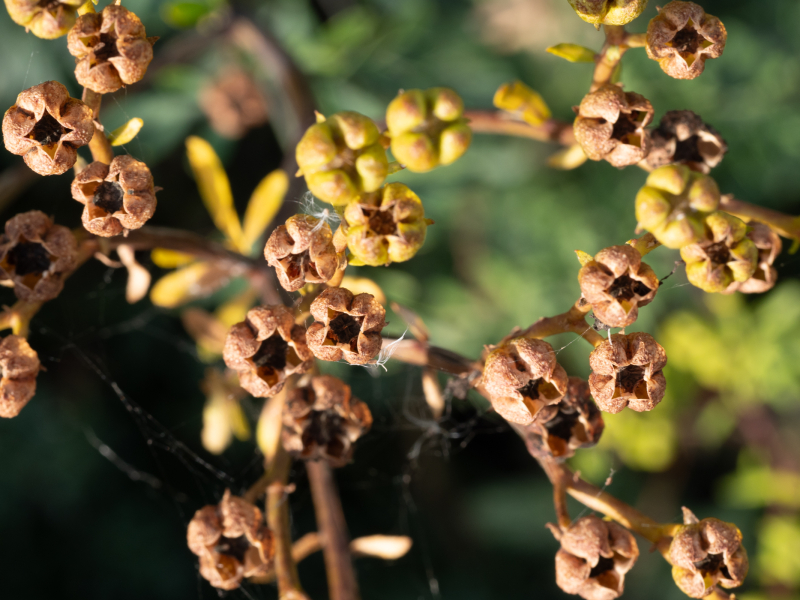
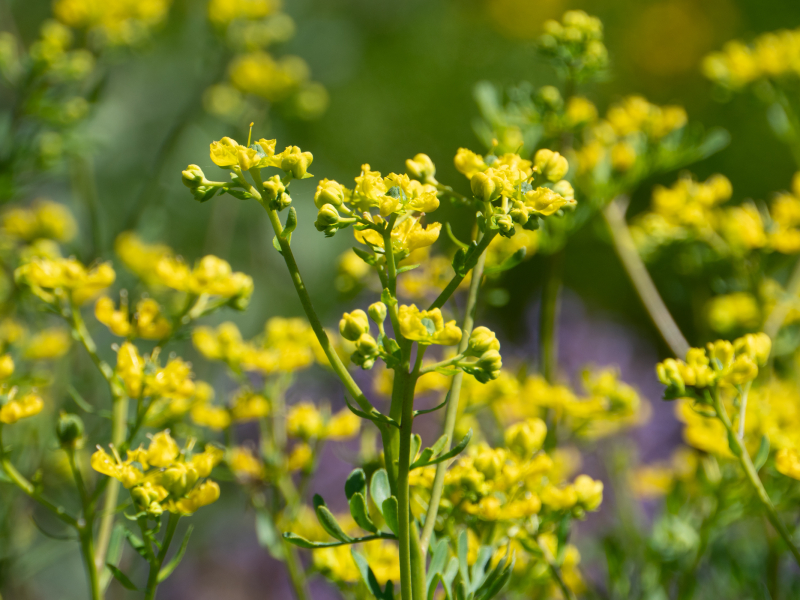
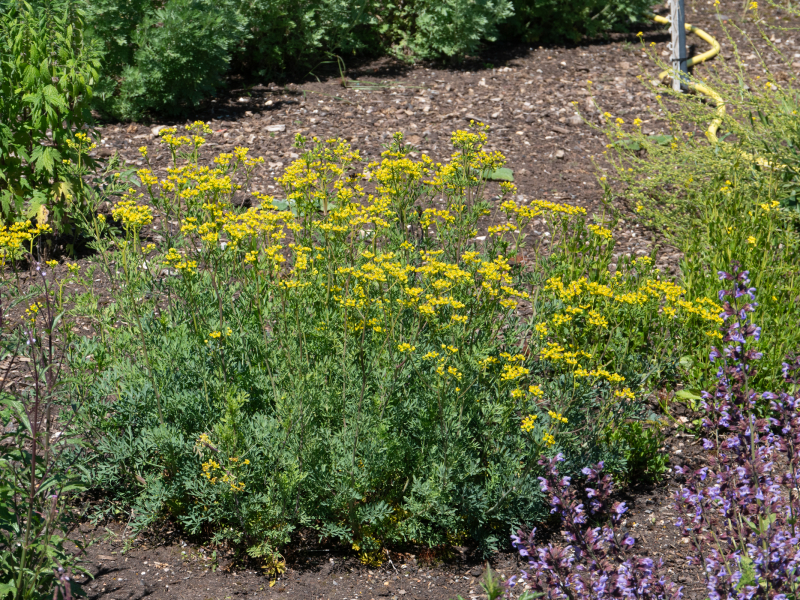
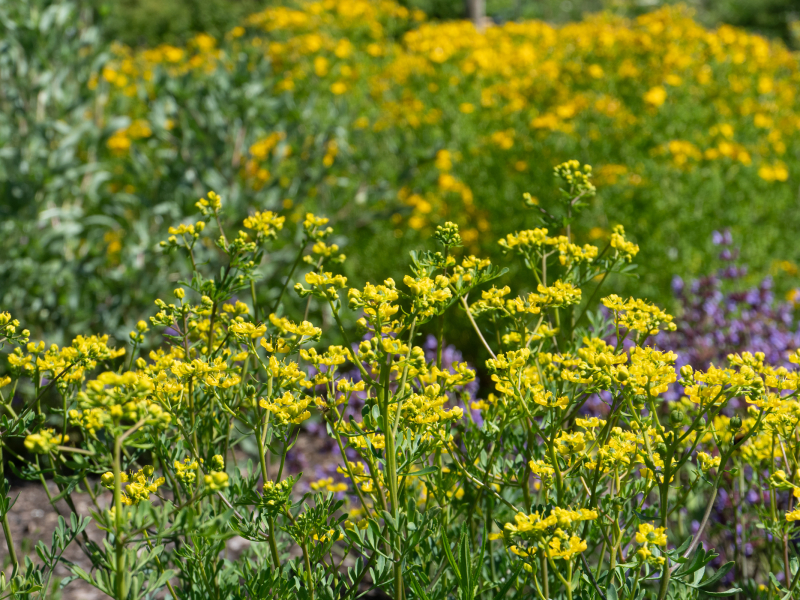
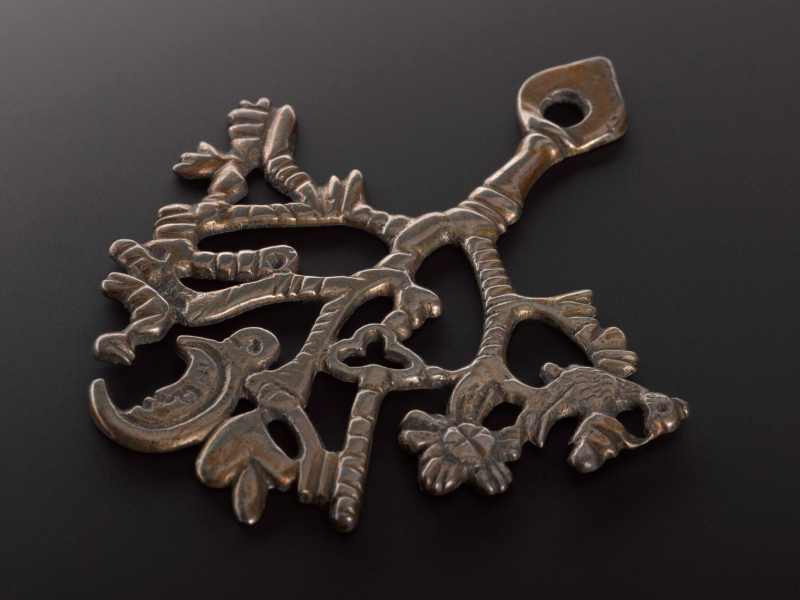







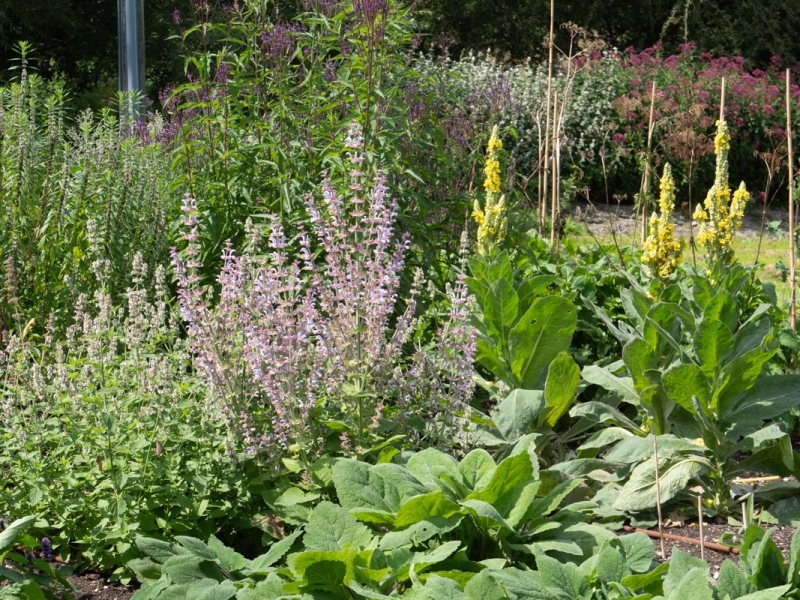

Reviews
There are no reviews yet.